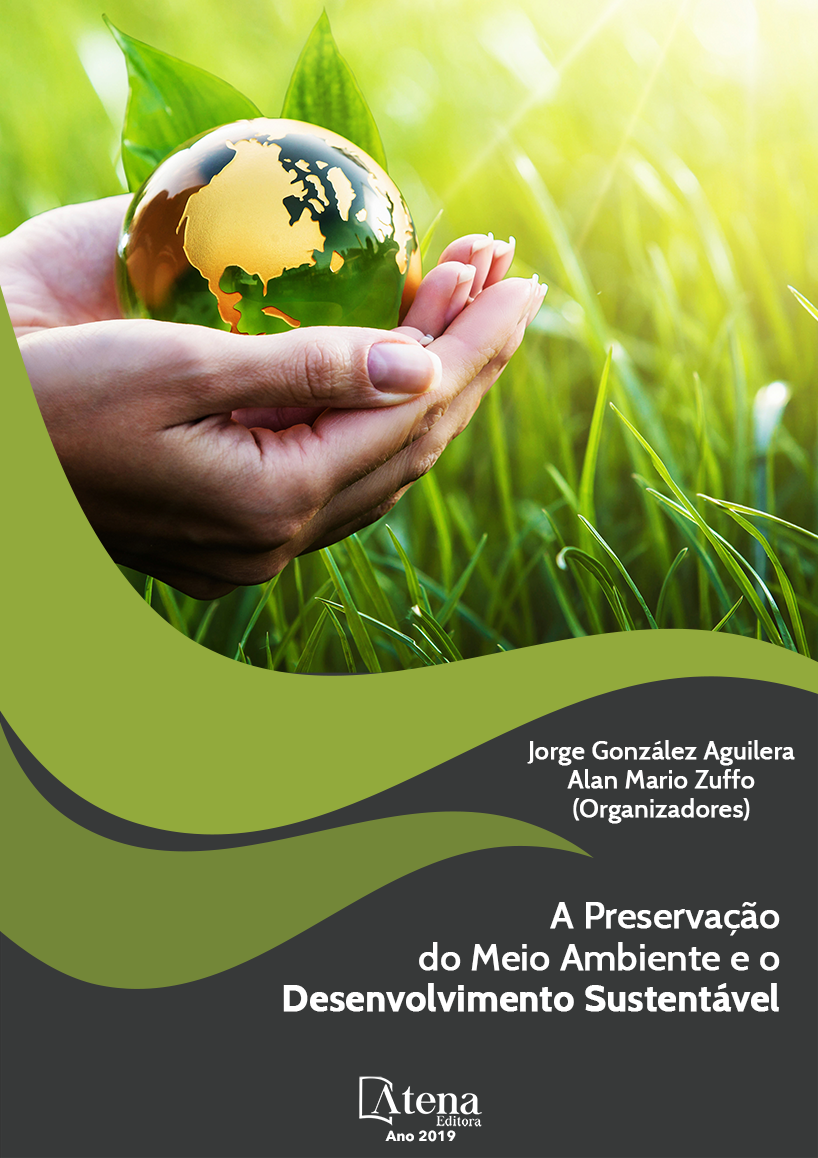
FLOCULAÇÃO DE LODO DE UMA ESTAÇÃO DE TRATAMENTO DE ÁGUA POR FLOCULADORES TUBULARES HELICOIDAIS
Neste estudo buscou-se avaliar
a viabilidade na agregação de partículas
sólidas presentes no lodo de uma Estação
de Tratamento de Água via Floculadores
Tubulares Helicoidais (FTH), como substitutos
aos agitadores mecânicos empregados para
mistura e dispersão de reagentes químicos
no processo de agregação por floculação.
Inicialmente, foram avaliados os polímeros
catiônicos P 2900 e RAPFLOC 30, e o polímero
aniônico P 22, por meio de estudos em testes
de jarros em amostras de lodo a concentração
de sólidos 5g/L submetidos a testes com
dosagens unitárias de 1 a 7 mg /g ST. Assim, os
estudos em bancada para seleção do floculante
possibilitaram selecionar o polímero P 2900 para
os estudos em sistema continuo de agregação
através do FTH. Foram testados 5 modelos de
FTH (variando comprimento e volume)utilizados
para geração de flocos em diferentes vazões de
alimentação. O reator selecionado apresentou
comprimento de tubulação flexível de 12 m
com diâmetro interno de 0,0125m, envolto em
uma coluna rígida de 0,10 m de diâmetro, esta
seleção ocorreu através da leitura de turbidez
remanescente na água clarificada após
sedimentação dos agregados formados. Neste
estudo foi avaliado que a dosagem requerida
para floculação do lodo no sistema contínuo no
FTH foi de 15 mg/g ST.
FLOCULAÇÃO DE LODO DE UMA ESTAÇÃO DE TRATAMENTO DE ÁGUA POR FLOCULADORES TUBULARES HELICOIDAIS
-
DOI: 10.22533/at.ed.36519140814
-
Palavras-chave: Agregação; polímeros; turbidez.
-
Keywords: Aggregation; polymers; turbidity.
-
Abstract:
This work aimed to evaluate
the feasibility of aggregation of solid particles
present in the sludge of a Water Treatment
Station via Helical Tubular Flocculators (HTF), as substitutes for mechanical agitators
used for mixing and dispersion of chemical reagents in the process of flocculation.
Initially, the cationic polymers P 2900 and RAPFLOC 30 and the anionic polymer P 22
were evaluated by Jar-test in sludge samples at 5g / L solids concentration submitted
to tests with unit dosages of 1 to 7 mg / g TS. Thus, the bench studies for flocculant
selection made it possible to select the polymer P 2900 for studies in continuous
system of aggregation through HTF. Five models of FTH (varying length and volume)
were used to generate flakes at different feed rates. The selected reactor had a 12 m
flexible pipe length with a 0.0125 m internal diameter, wrapped in a 0.10 m diameter
rigid column, this selection was made by reading turbidity remaining in the clarified
water after sedimentation of the formed aggregates. In this study it was evaluated that
the dosage required for flocculation of the sludge in the HTF continuous system was
15 mg / g TS.
-
Número de páginas: 15
- Keila Fernanda Soares Hedlund
- Andressa Paolla Hubner da Silva
- Elvis Carissimi
- Manoel Maraschin


